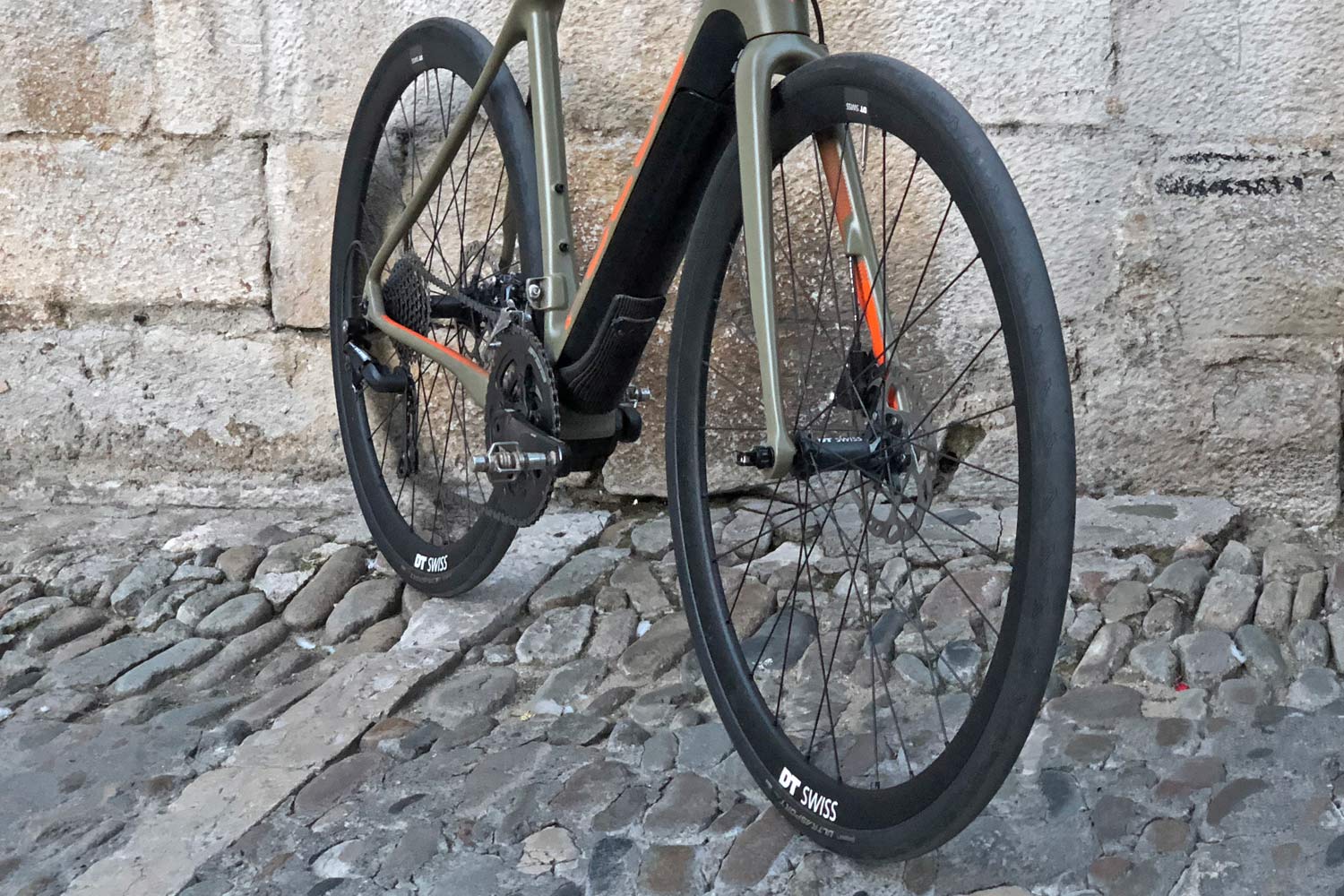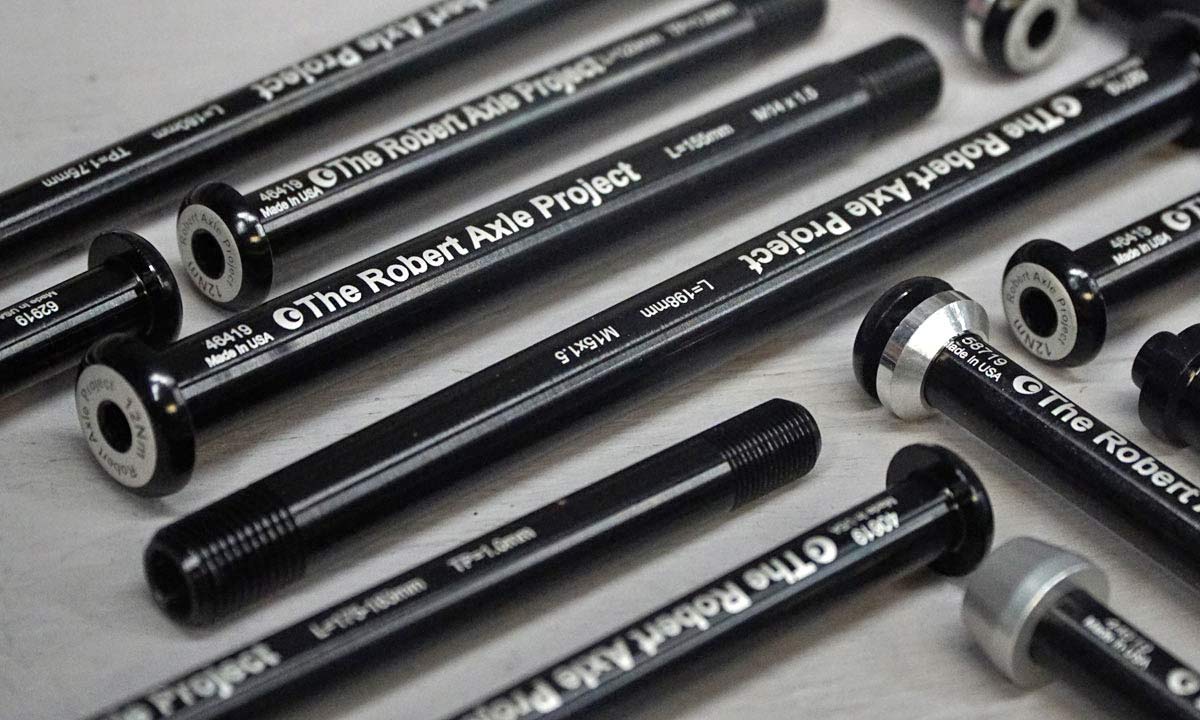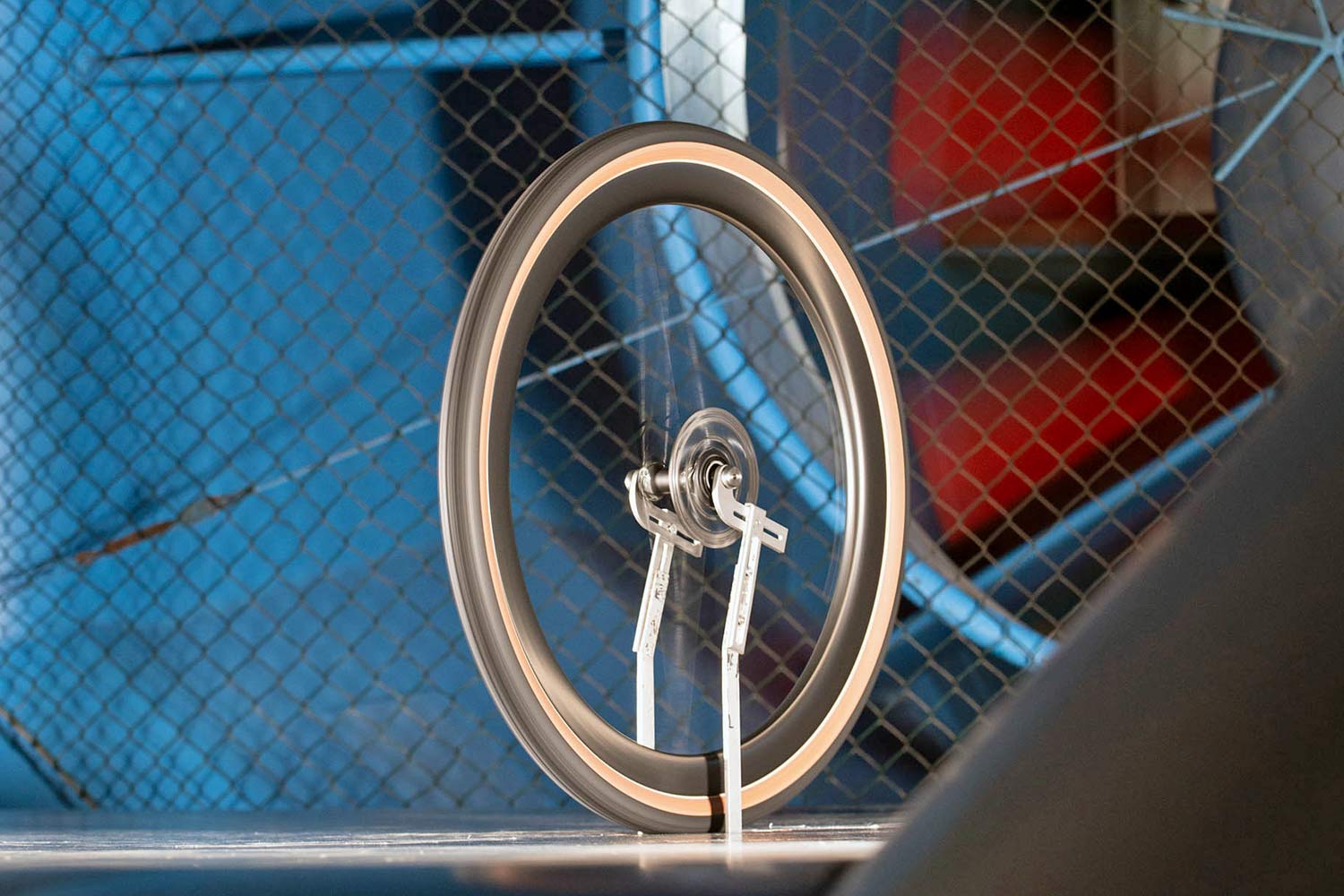Sure, all mountain bikers know Boost 148 spacing by now, but what about Road Boost for roadies, gravellers, bikepackers & e-bikers? Is there really going to be another new road hub spacing standard?
The answer is, Yes. Road Boost is real. It is not April 1st. It’s already here, having snuck in over the past couple years. And it’s here to stay…
What is Road Boost?
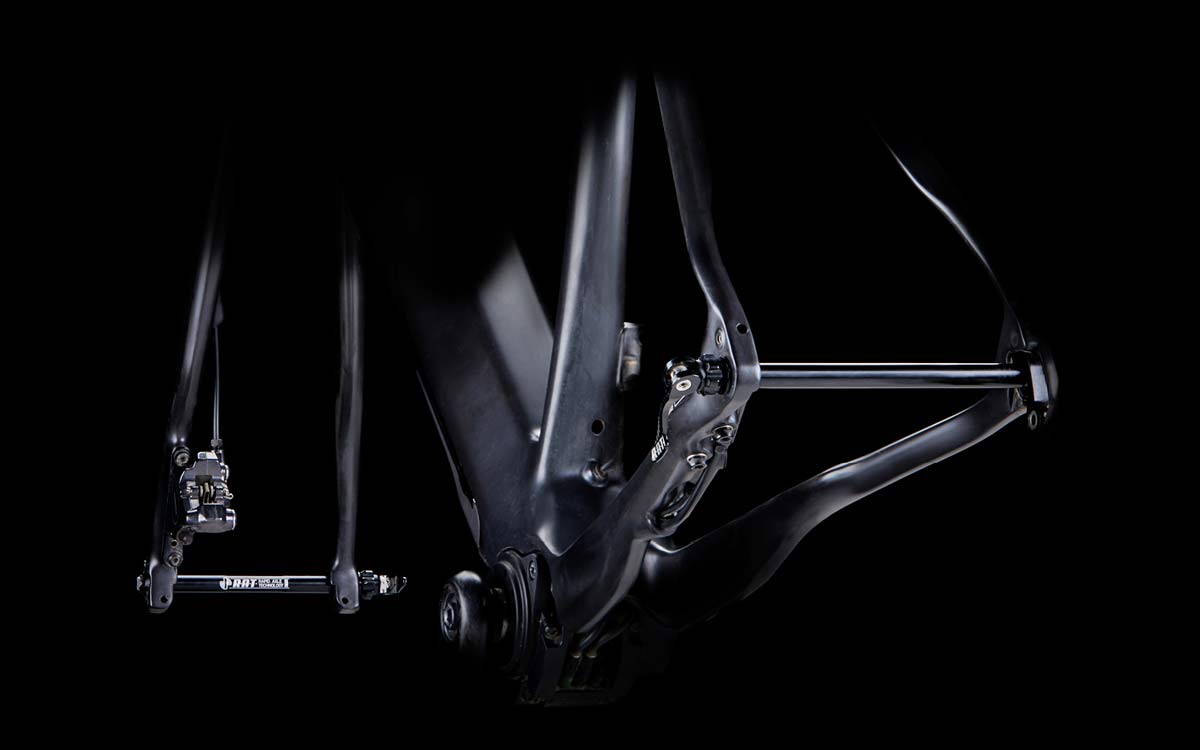
Simply put, Road Boost is new wider thru-axles for gravel & e-road bikes. It’s another new disc brake thru-axle standard, sort of. Really, it just mixes and matches from what is already out there.
Most modern mountain bikes now use the regular widened Boost standard for stronger off-road wheels: 12x148mm rear & 15x110mm front.
Modern disc road, gravel & cyclocross have mostly settled on the smaller diameter 12mm thru-axle standard to balance stiffness and tire clearance: 12x142mm rear & 12x100mm front.
There are other mountain bike standards, but they’re irrelevant here.

The new Road Boost standard uses 12x148mm rear & 12x110mm front thru-axles, mixing accepted Boost-spacing with a smaller 12mm front axle to create wider, stiffer, and stronger wheels to stand up to more off-road use and heavier bikes & e-bikes.
Wider is stronger, but does that make it better?
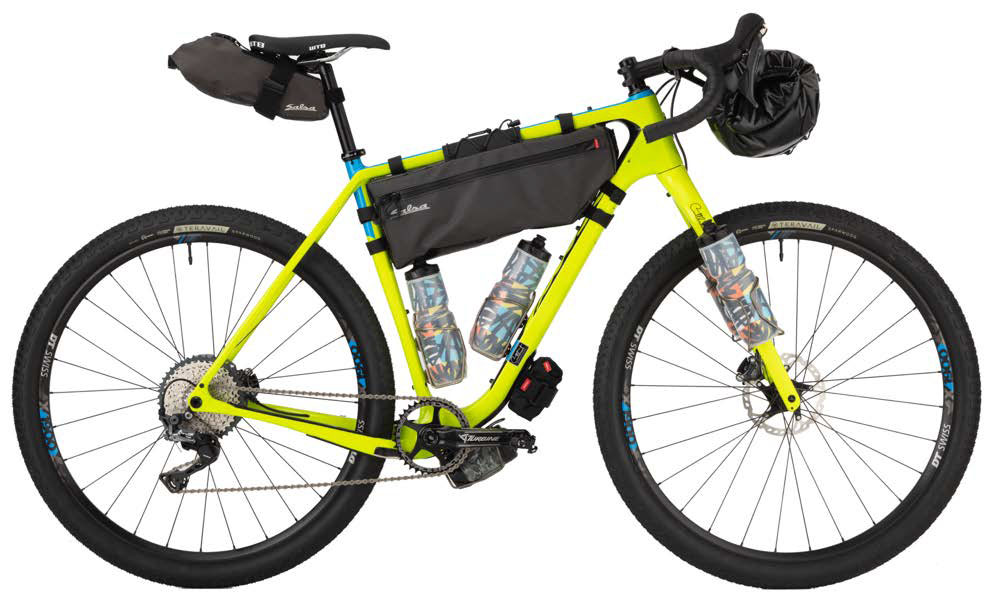
Salsa was one of the first to tease gravel bike riders with the idea of Boost for dropbars & road on their 2020 Cutthroat. The tougher, wider wheels were stiffer for more aggressive off-road riding, and would be more durable for loaded bikepacking over rough terrain.
But, Salsa really just used regular mountain bike Boost spacing, matching a 12x148mm rear end with a 15x110mm mountain bike thru-axle up front.
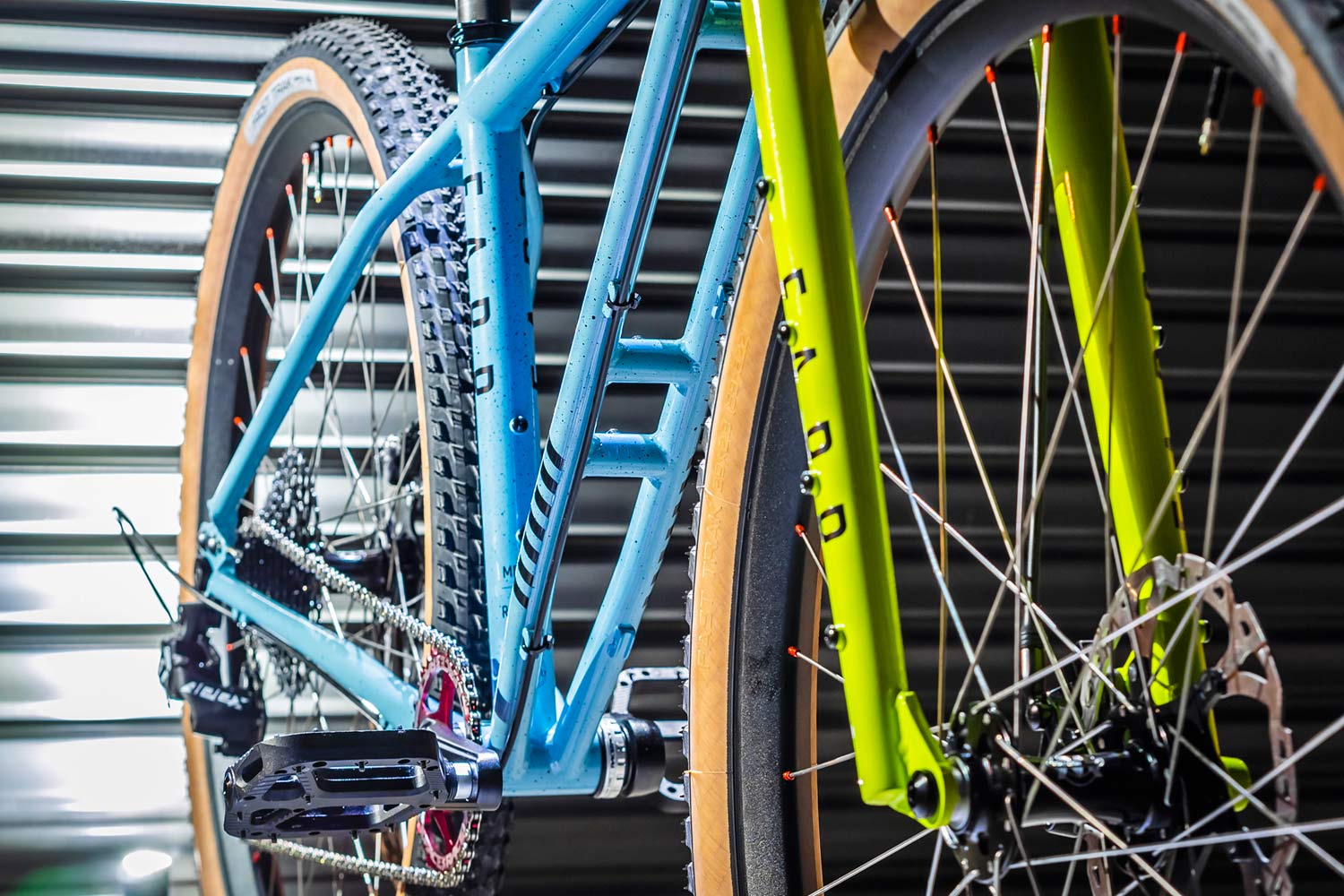
That’s becoming more common, as we’ve seen MTB Boost bleed over from monstercross bikes like the wild new Farr Twin-T, Chiru’s titanium gravel Kegeti, or Sage’s ti Storm King adventure gravel bike, for example. This has been the simplest way forward, not requiring any new hubs.
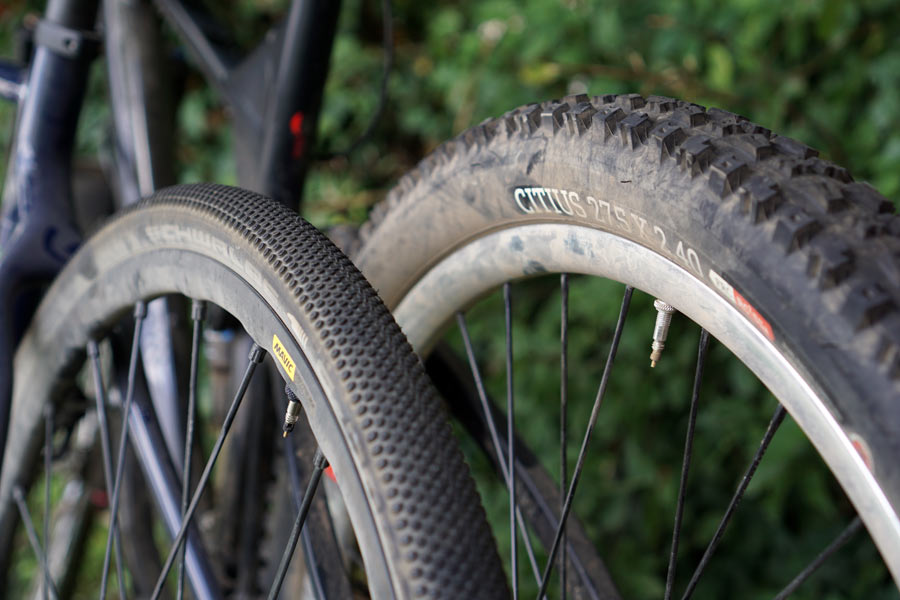
So, why do this?
First, it’s about wheel stiffness, which we’ll explain below.
But, for the rear of the bike, there are real frame and drivetrain benefits, too. By adding 6mm (from 142mm up to 148mm) of axle width, you can gain 6mm of space at the chainstay yoke (just behind the bottom bracket), too. Which means more tire clearance.
When mountain bikes switched to Boost spacing, many cranksets ended up getting a bit wider, too, or using 3mm offset chainring designs. This kept the chainline straight, something that’s equally important…and increasingly important as drivetrain makers add more cogs into the rear.
RELATED: Check out our complete Boost explanation to see why the chainline matters and more graphics that explain how all these axle widths work.
So, it’s really only fork spacing that differs…
Why not just use Boost MTB thru axles in the front?
That’s the million dollar question, and there’s no perfect answer. Going to the wider 110mm spacing up front was a logical step paired with the wider 148mm move out back – more strength & stiffness for better handling & durability. So why not just go for the existing 15mm MTB axle diameter?
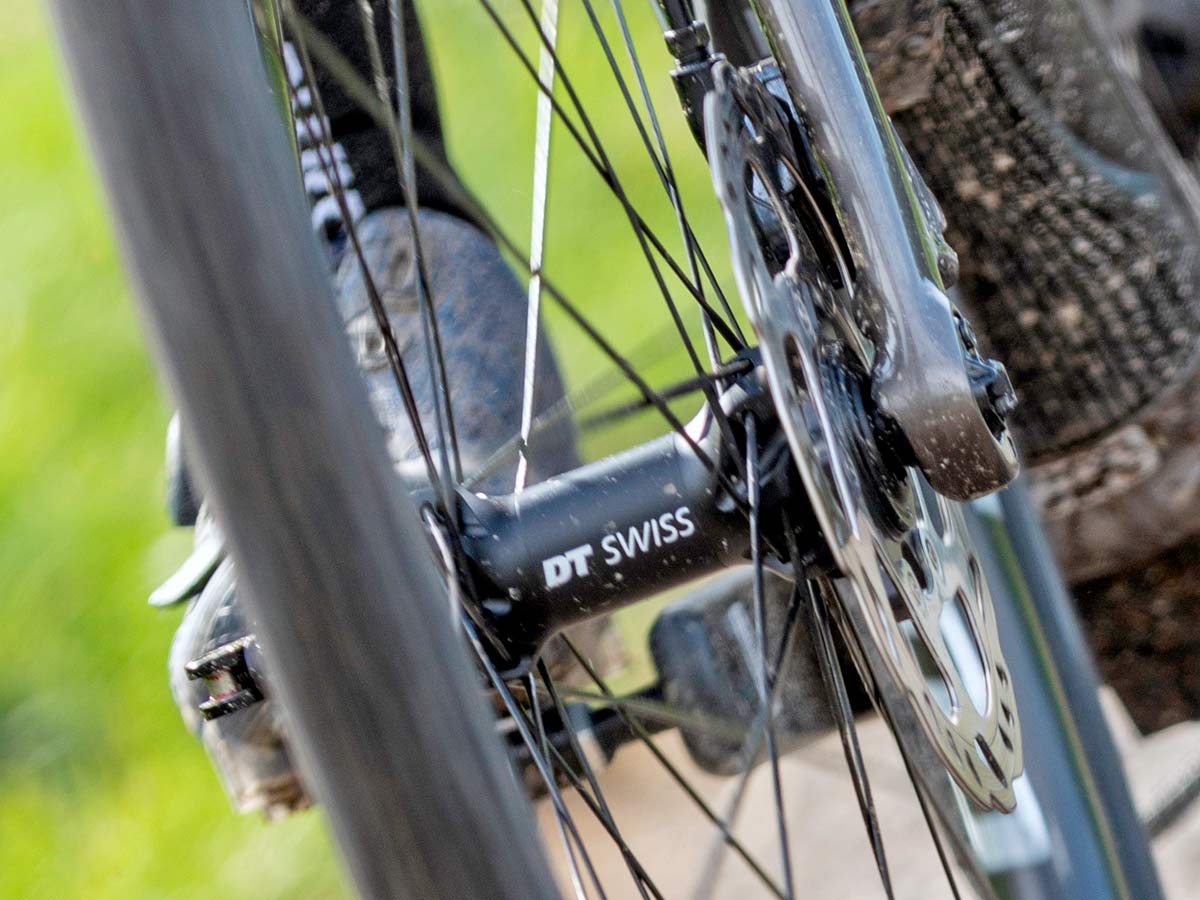
Basically, because it’s overkill. Using the larger 15×110 would add weight compared to a 12×110 axle. And a narrower 12mm thru-axle allows for smaller diameter hub shells, which are more aerodynamic…and also lighter.
And since the 12mm has proven successful for road & gravel, simply making it wider should provide the desired improvements without the downsides.

DT Swiss say that comparing their 12×100 road wheels to otherwise identical 12×110 hybrid road wheels, the wider Road Boost setup is 12% stiffer laterally, and able to support 10kg (22lb) heavier bike+rider combos.
Maybe it’s just for e-bikes?

It was actually e-bikes that really took off with this new Road Boost standard, specifically for e-road & e-gravel. Focus was one of the first with their Fazua-powered Paralane² that brought their Project Y concept bikes to market. In fact, we weren’t able to test ride that first prototype because the proper front hub wasn’t ready yet.
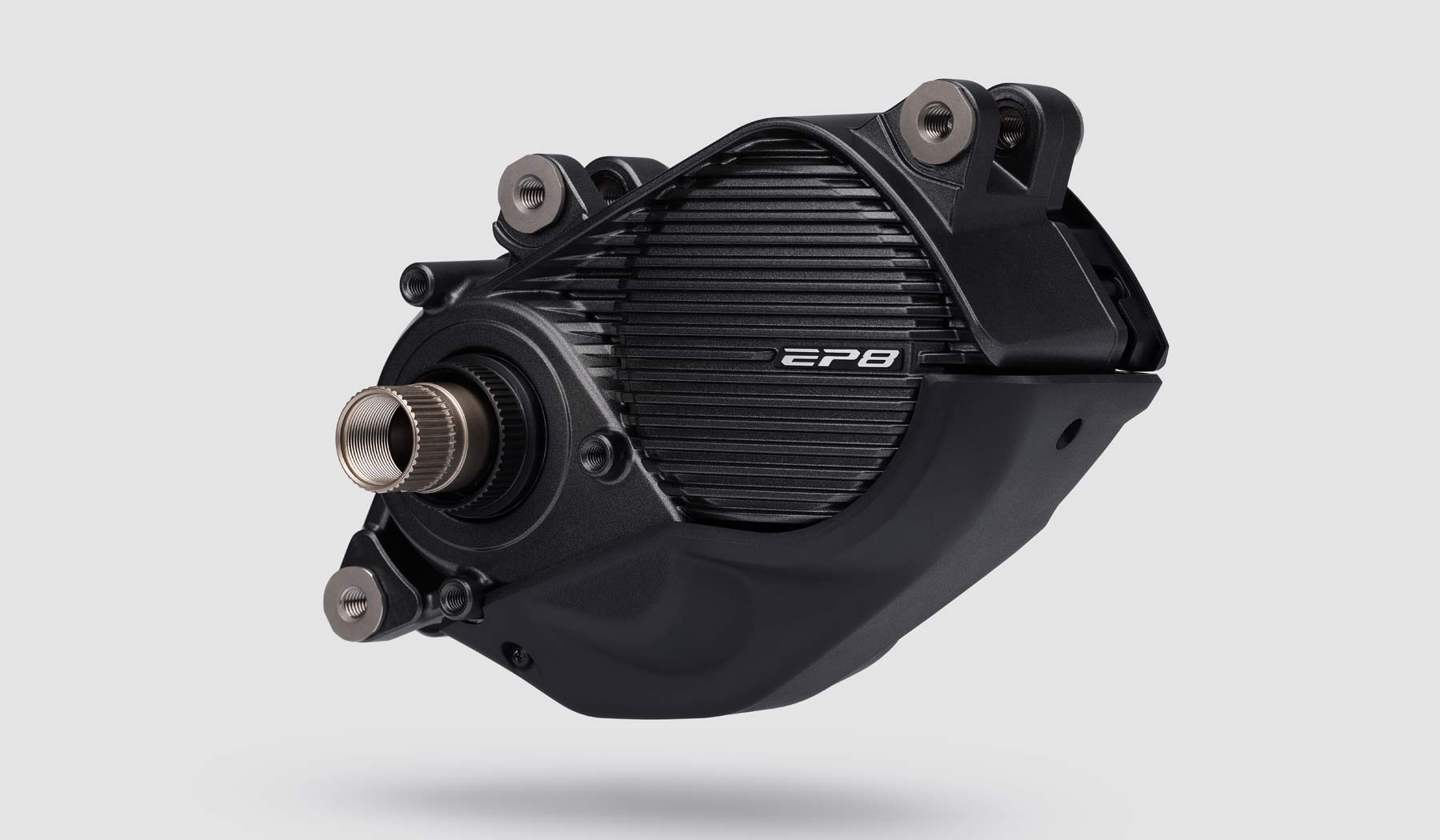
The most common e-bike motors hang at the center of the frame, and need as much width as they can get. They were already pushing out to wider MTB bottom bracket widths, and this is really what led to creating the Road Boost standard. Adopting Boost for e-road & e-gravel essentially means compatibility with all the same e-bike motors as any eMTB. And Q-factor seems to be less of an issue when you get electric pedal-assist.

Specialized joined in, using the extra width to make room for their own drive system on the e-road/all-road/gravel Turbo Creo SL. Canyon did the same with their Bosch-powered Grail:ON electrified gravel e-bike.
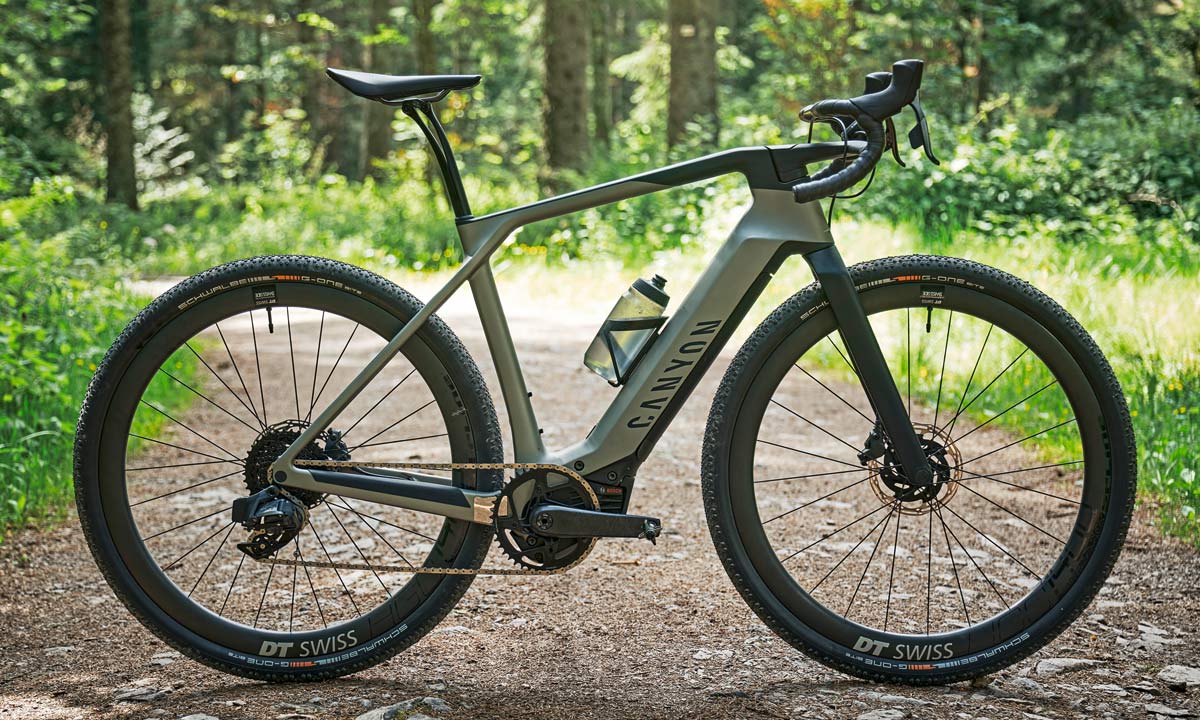
As usual (because they provide hubs to sooooo many wheel brands), DT Swiss had wheels to make it all possible, offering the DT Swiss HG Hybrid Gravel wheels were the first developed for those Focus concept e-bikes all the way back in 2017. And Specialized added their own Roval version for the Creo SL.
Which bikes are using Road Boost axles?
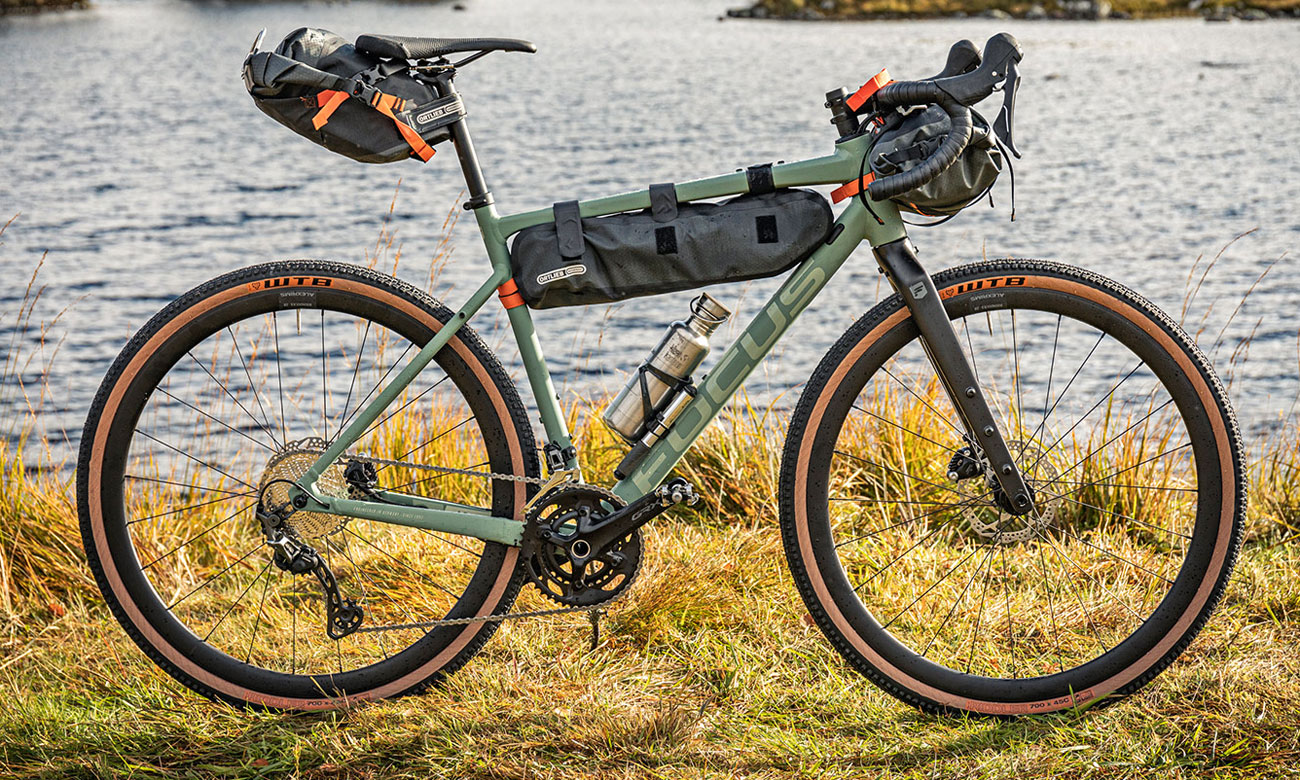
So far, Focus might be the first to bring Road Boost to bikes that you have to pedal for real. The recent alloy Atlas gravel bike has opted for the same wider wheels as their e-road bike range. No longer limited to e-bikes, Road Boost appears here to stay and is likely to spread to more gravel bikes in the near future.

It is worth noting that all of the Atlases use wheels specifically built for them – pairing low profile gravel-ready alloy rims to new DT or Novatec hubs, plus a new Road Boost-spaced Shutter Precision PL-7 dynamo front hub.
How does Road Boost affect Q-Factor? Wheel selection?
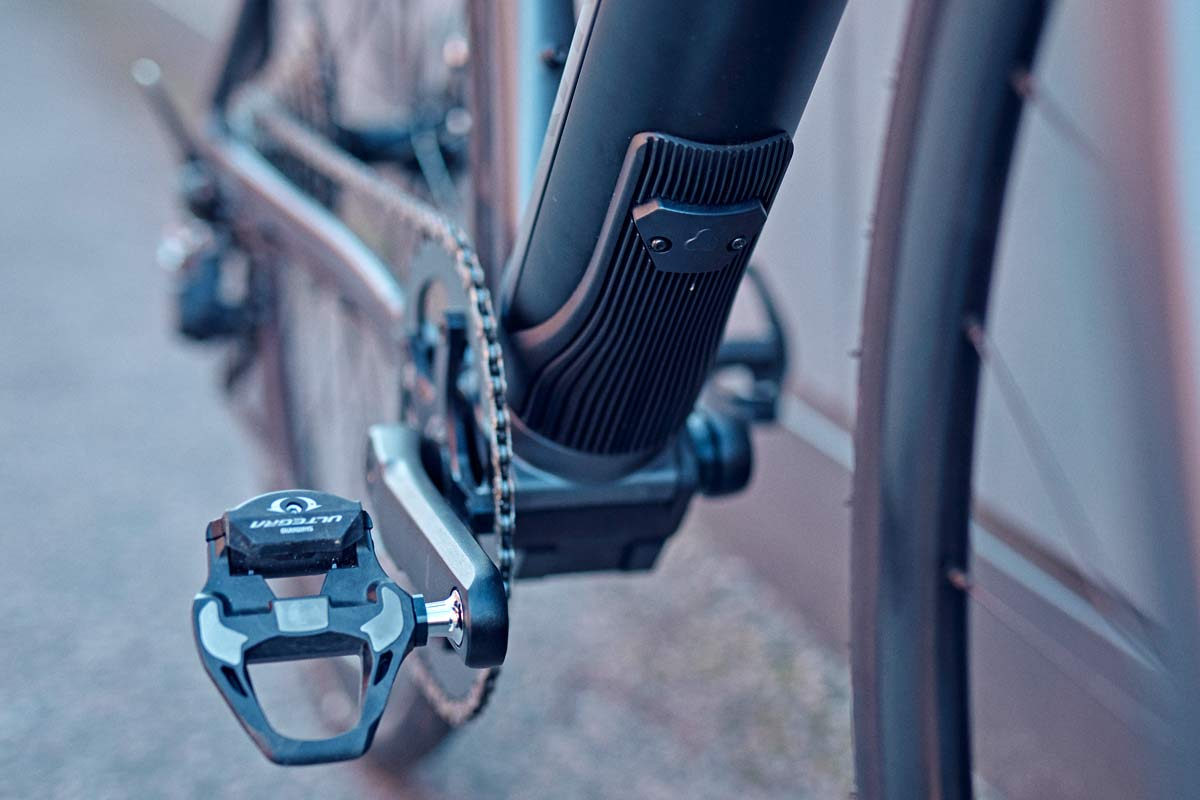
One upside is that you can now use a really nice set of XC mountain bike wheels on your gravel bike (with axle reducer end caps for the front) on your gravel bike…although there are good reasons not to do that.
Unfortunately, all your current road disc wheels & hubs won’t fit your new Road Boost bike.
Road Boost also makes a wider Q-factor likely. It won’t need to be as wide as the average mountain bike Q territory, though, since frame manufacturers aren’t trying to clear 2.6″ tires or anything crazy like that.
But, because road and gravel chainstay lengths are generally shorter than mountain bike chainstays, they will need the front chainring(s) to be set wider to maintain proper chainline. So, you can expect Q-Factor to increase by ~6mm.
That’s a 4% Q increase over an average road setup, which will probably be fine for many off-road-oriented gravel riders, but will certainly bother some cyclists.
While it’ll be a while before you need to upgrade your Road Boost thru-axle, it’s worth checking our “Everything you need to know about Thru Axles” video to see how thru-axles themselves differ, and a quick history of their size changes.
As for regular roadies, it’ll be interesting to see if pure road bikes, or even all-road bikes, make the switch. We could see this becoming the next performance advantage, but also not worth the aerodynamic losses or weight gain. What do you think?
